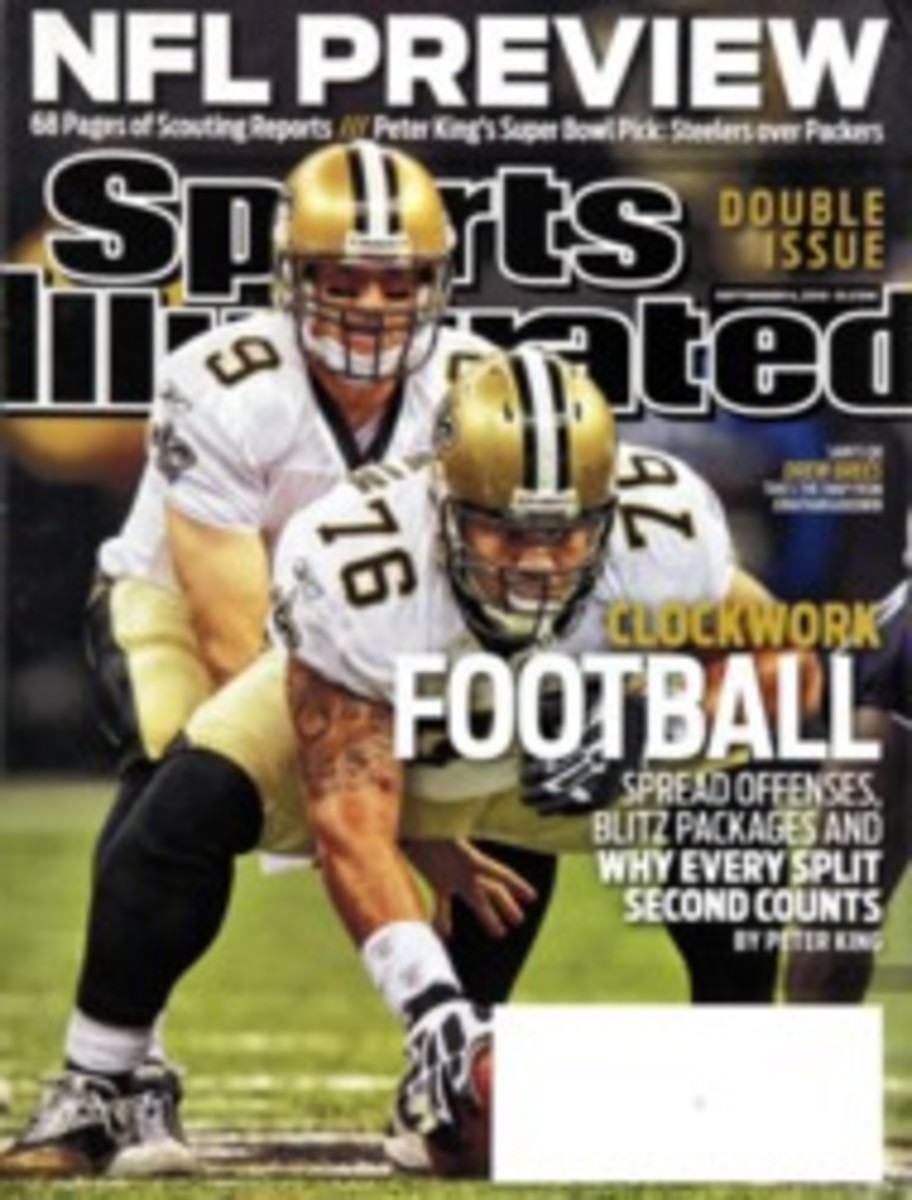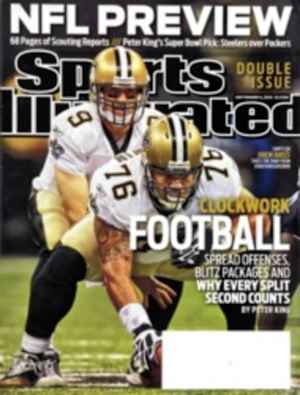
Off Course
Last week I was at Chambers Bay, near Tacoma, Wash., site of this year's U.S. Amateur—won by Peter Uihlein—and the 2015 U.S. Open. Built on an old quarry overlooking Puget Sound, this new county-owned facility is a forward-thinking, environmentally friendly course that tries to look like Scotland. Chambers Bay (below) is flexible (it played 700 yards shorter in one round), quirky (the 5th has two greens) and unique (the 1st and 18th can play as either par-4s or par-5s), but while the course is big on ideas, it's not quite ready for prime time.
• The sandy soil dried out last week, and the course got out of control. The Open will be played in the softer conditions of June, but managing the firmness will be a challenge.
• The extreme slopes around the greens make the penalty for hitting a poor shot greater than the reward for hitting a good one. The Open should identify a golfer's skill, not his luck.
• A true links doesn't have elevation changes like those at the par-3 9th or 15th. More important, the slick, dry rough and steep slopes are a dangerous combination for galleries.
• It's a terrific site for match play, where making a huge number means losing only one hole, but attempting to shoot a 72-hole score on such an extreme course could get ugly. I saw more four-putts than I thought possible from the world's top amateurs.
• With so many holes playing so many different ways, practice rounds become a guessing game, and play approaches six hours. That's not my idea of sustainability in golf.
Dottie Pepper is a 17-year LPGA veteran and golf analyst for NBC.
PHOTO
ROBERT BECK (PEPPER)
PHOTO
FRED VUICH (CHAMBERS BAY)

